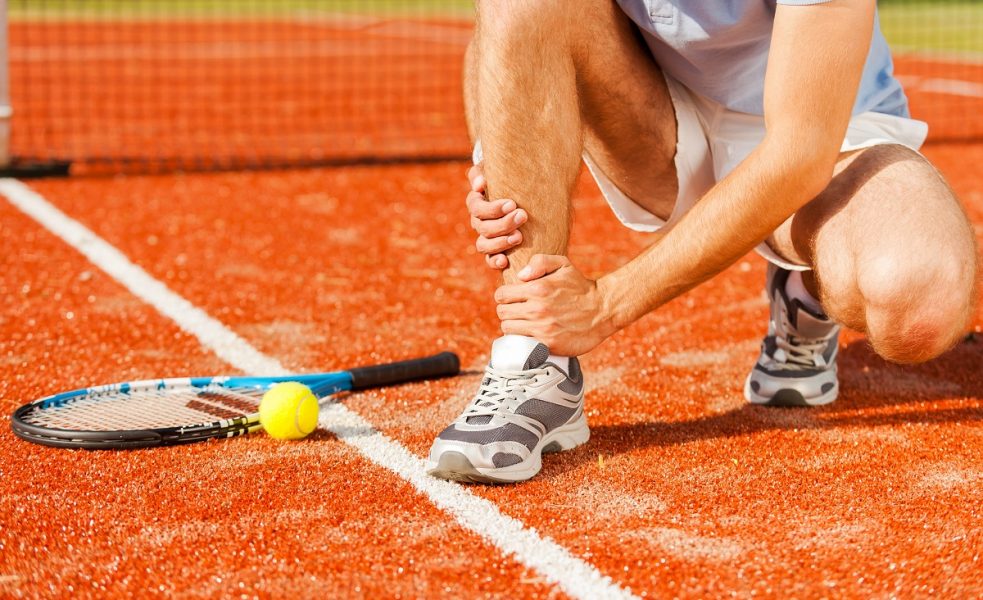It affects almost all athletes, but especially newbie runners. They start spending more time on morning jogs, covering a lot more distance and hitting a lot more milestones. Just when they’re about to hit another one, an injury stalls their progress. It doesn’t completely keep them off the treadmill or the road, but the pain in the lower leg just gets too unbearable after every resuming workout. It’s the injury that you don’t want to hear from your doctor because it means taking a break from physical activity: shin splints. Here’s what you need to know about this problem:
The culprit behind it is excessive force
The pain at the front of your leg is triggered by too much force applied on the shinbone and the connective tissue attaching the muscles and the bone. The stress triggers swelling on the muscles, which then adds more pressure on the bone, resulting in intense pain. In some instances, shin splints may also happen due to bone fractures. When you’re constantly on an intense physical activity, without ample rest, the beating can leave little cracks on the bones of the leg. Over time, this results in a complete fracture. There are a lot of conditions that can put you more vulnerable to shin splints. If you ignore proper warm-up and cool-down stretches, as well as wear ill-fitting shoes, you’re more likely to suffer this injury. Running on inclined and hard surfaces like concrete can also put you at risk.
The solution is to take a break

A sports injury doctor in Provo may recommend that you take a break from strenuous physical activity for at least two weeks to give the legs some rest. You can engage in routines that won’t put as much stress on your limbs, like upper body workouts, during this period. While at home, keep your legs in a raised angle. Apply cold compress on the affected area to ease the swelling and use roller foams to massage it from time to time. You may also take anti-inflammatory painkillers. Note, though, that these can have side effects such as bleeding and ulcers. Hence, it’s best to consult a doctor to know how you can manage the symptoms. In case you have the flat foot syndrome (which also increases your risk to shin splints), you may use shoe inserts to relieve the pressure on the arches.
The problem is preventable
Although shin splints are a common athlete’s problem; it’s avoidable. You’re not doomed to suffering it even if you’re a newbie. The first step toward prevention is being familiar with your movements. It would be best to have a video analysis of your sports techniques to spot specific moves that can potentially lead to shin splints. This way, you’ll have a better understanding of how to adjust your techniques. The next step is to avoid overdoing physical activity. As mentioned, too much force is behind shin splints. Thus, you don’t want to train for too long or too intense to the point of fatigue. A fitness coach can check (and call you out) when you’re overtraining already. Of course, it’s also important to wear proper gear and engage in proper prep routines.
Shin splints are every athlete’s frustration. It’s disheartening to have training stalled and movements restricted, but remember that your body’s well-being should be your utmost priority. Consult your doctor to get back on track.



